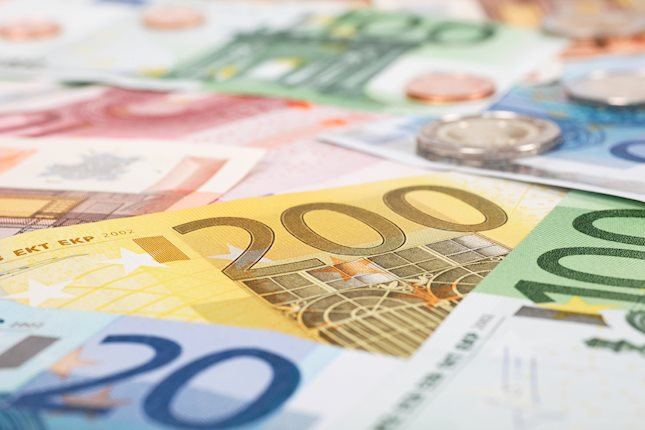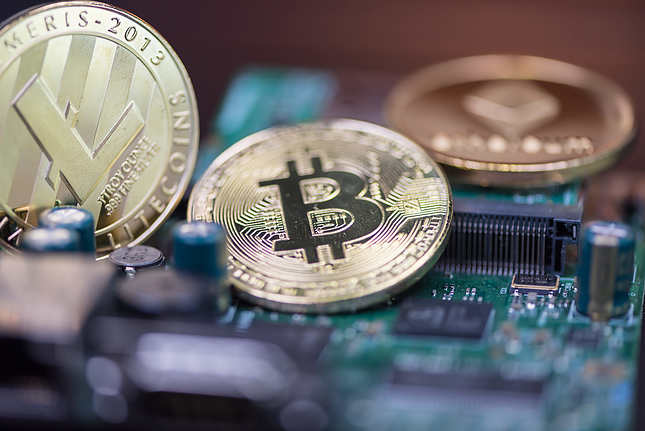- AUD/USD plummets as US Dollar strengthens on upbeat data and economic sentiment.
- Australia's central bank maintains neutral stance, hinting at potential rate cut in May 2025.
- Mixed confidence indicators and upcoming economic data keep AUD/USD under scrutiny.
The AUD/USD plunged in Tuesday's session, declining by 0.66% to 0.6535. The Australian Dollar's weakness stemmed from a strengthening US Dollar. Despite maintaining a neutral stance, Australia's central bank hinted at a possible rate cut in May 2025, and that delay might keep the Aussie afloat.
The AUD/USD weakened due to US Dollar strength, bolstered by Republican election wins and positive US data. Australia's employment report to be released later this week is expected to influence the RBA's December policy decision and its next steps.
Daily digest market movers: Australian Dollar declines due to strength in US Dollar
- The US Dollar's strength pushed the US Dollar Index (DXY) to new four-month highs, negatively impacting risk-related currencies.
- The AUD fell significantly, dropping below the 0.6600 mark and its 200-day SMA at 0.6629, indicating a potential for further declines.
- The Reserve Bank of Australia (RBA) maintained interest rates at 4.35%, with Governor Michele Bullock suggesting current levels are appropriate.
- On the data front, Australia's Consumer Confidence and Business Confidence measures improved in November and October, respectively.
- On Wednesday and Thursday, labor market data will be under scrutiny and might set the pace of the pair for the short term.
AUD/USD technical outlook: Indicators drift dangerously close to oversold levels
The technical indicators reflect the bears' dominance with the Relative Strength Index (RSI) dropping below the oversold threshold of 30 and the Moving Average Convergence Divergence (MACD) histogram printing lower red bars. These indicators are near oversold levels, which could push the pair into a correction eventually.
The bears aim to break below 0.6500, targeting the July low of 0.6430, while the bulls need to reclaim 0.6600 to ease the immediate downside pressure.
Central banks FAQs
Central Banks have a key mandate which is making sure that there is price stability in a country or region. Economies are constantly facing inflation or deflation when prices for certain goods and services are fluctuating. Constant rising prices for the same goods means inflation, constant lowered prices for the same goods means deflation. It is the task of the central bank to keep the demand in line by tweaking its policy rate. For the biggest central banks like the US Federal Reserve (Fed), the European Central Bank (ECB) or the Bank of England (BoE), the mandate is to keep inflation close to 2%.
A central bank has one important tool at its disposal to get inflation higher or lower, and that is by tweaking its benchmark policy rate, commonly known as interest rate. On pre-communicated moments, the central bank will issue a statement with its policy rate and provide additional reasoning on why it is either remaining or changing (cutting or hiking) it. Local banks will adjust their savings and lending rates accordingly, which in turn will make it either harder or easier for people to earn on their savings or for companies to take out loans and make investments in their businesses. When the central bank hikes interest rates substantially, this is called monetary tightening. When it is cutting its benchmark rate, it is called monetary easing.
A central bank is often politically independent. Members of the central bank policy board are passing through a series of panels and hearings before being appointed to a policy board seat. Each member in that board often has a certain conviction on how the central bank should control inflation and the subsequent monetary policy. Members that want a very loose monetary policy, with low rates and cheap lending, to boost the economy substantially while being content to see inflation slightly above 2%, are called ‘doves’. Members that rather want to see higher rates to reward savings and want to keep a lit on inflation at all time are called ‘hawks’ and will not rest until inflation is at or just below 2%.
Normally, there is a chairman or president who leads each meeting, needs to create a consensus between the hawks or doves and has his or her final say when it would come down to a vote split to avoid a 50-50 tie on whether the current policy should be adjusted. The chairman will deliver speeches which often can be followed live, where the current monetary stance and outlook is being communicated. A central bank will try to push forward its monetary policy without triggering violent swings in rates, equities, or its currency. All members of the central bank will channel their stance toward the markets in advance of a policy meeting event. A few days before a policy meeting takes place until the new policy has been communicated, members are forbidden to talk publicly. This is called the blackout period.
Information on these pages contains forward-looking statements that involve risks and uncertainties. Markets and instruments profiled on this page are for informational purposes only and should not in any way come across as a recommendation to buy or sell in these assets. You should do your own thorough research before making any investment decisions. FXStreet does not in any way guarantee that this information is free from mistakes, errors, or material misstatements. It also does not guarantee that this information is of a timely nature. Investing in Open Markets involves a great deal of risk, including the loss of all or a portion of your investment, as well as emotional distress. All risks, losses and costs associated with investing, including total loss of principal, are your responsibility. The views and opinions expressed in this article are those of the authors and do not necessarily reflect the official policy or position of FXStreet nor its advertisers. The author will not be held responsible for information that is found at the end of links posted on this page.
If not otherwise explicitly mentioned in the body of the article, at the time of writing, the author has no position in any stock mentioned in this article and no business relationship with any company mentioned. The author has not received compensation for writing this article, other than from FXStreet.
FXStreet and the author do not provide personalized recommendations. The author makes no representations as to the accuracy, completeness, or suitability of this information. FXStreet and the author will not be liable for any errors, omissions or any losses, injuries or damages arising from this information and its display or use. Errors and omissions excepted.
The author and FXStreet are not registered investment advisors and nothing in this article is intended to be investment advice.
Recommended content
Editors’ Picks

EUR/USD keeps the red near 1.0550 ahead of German inflation data
EUR/USD holds losses near 1.0550 in the European morning on Thursday. The pair's downside could be attributed to French political worries and a broad US Dollar rebound amid the cautious mood. Traders remain wary due to mounting trade war risks. Germany's inflation data is in focus.

GBP/USD holds lower ground near 1.2650
GBP/USD remains pressured near 1.2600 in European trading on Thursday as the US Dollar picks up haven dmeand on deteriorating risk sentiment. A sense of cautiom prevails amid Trump's tariff plans even though liquidity remains thin on Thanksgiving Day.

Gold price stays defensive below $2,640 amid reviving US Dollar demand
Gold price reverts toward the weekly low of $2,605 in the early European session on Thanksgiving Thursday, snapping a two-day recovery. The US Dollar (USD) and the US Treasury bond yields breathe a sigh of relief, exerting downward pressure on the Gold price amid holiday-thinned trading conditions.

Fantom bulls eye yearly high as BTC rebounds
Fantom (FTM) continued its rally and rallied 8% until Thursday, trading above $1.09 after 43% gains in the previous week. Like FTM, most altcoins have continued the rally as Bitcoin (BTC) recovers from its recent pullback this week.

Eurozone PMI sounds the alarm about growth once more
The composite PMI dropped from 50 to 48.1, once more stressing growth concerns for the eurozone. Hard data has actually come in better than expected recently – so ahead of the December meeting, the ECB has to figure out whether this is the PMI crying wolf or whether it should take this signal seriously. We think it’s the latter.

Best Forex Brokers with Low Spreads
VERIFIED Low spreads are crucial for reducing trading costs. Explore top Forex brokers offering competitive spreads and high leverage. Compare options for EUR/USD, GBP/USD, USD/JPY, and Gold.